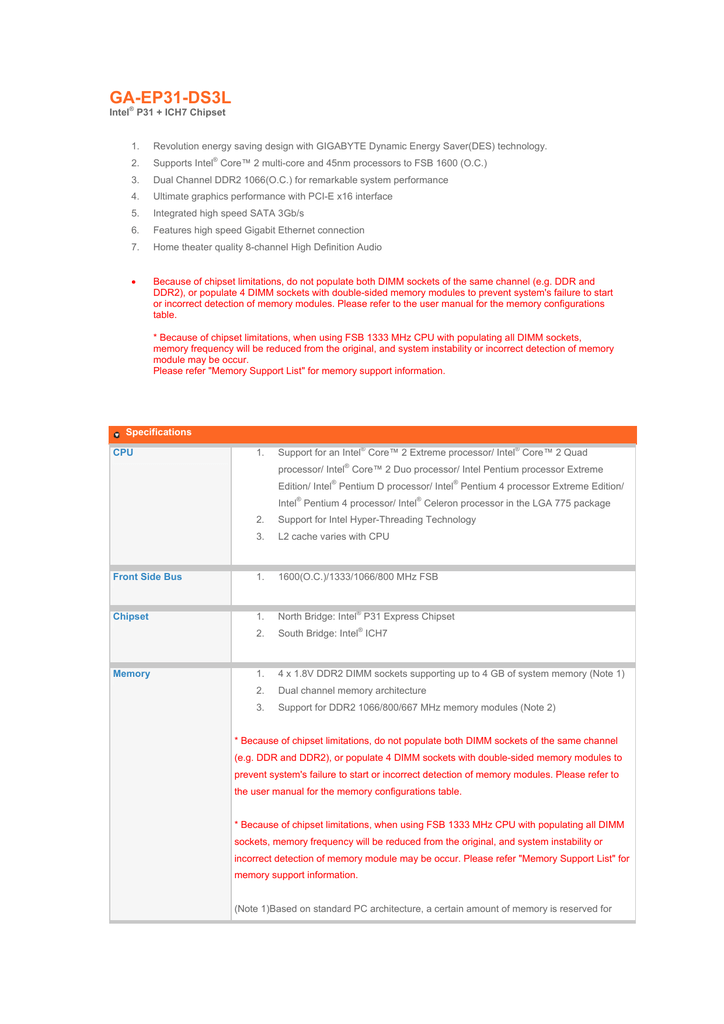
.jpg)
However, some retailers appeared to have released it on July 13, 2006, though at a higher premium.

The Core 2 Extreme was officially released on July 29, 2006. Īll remaining Conroe Core 2 processors have been phased out in March 2009. These processors are stated to compete with AMD's Phenom processor line and are therefore priced below corresponding processors with a 1066 MHz FSB. An additional model, the E6540, was launched with specifications similar to the E6550 but lacking Intel Trusted Execution Technology and vPro support. Their clock frequency is similar to that of the already released processors with the same first two digits (E6600, E6700, X6800). The processors all have 4 MB of L2 cache. Processors with a number ending in "50" have a 1333 MHz FSB. The new processors are named Core 2 Duo E6540, E6550, E6750, and E6850. The release coincided with that of the Intel Bearlake (x3x) chipsets. Intel released four additional Core 2 Duo Processors on July 22, 2007.
Conroe presler fsb 1333 motherboard processor full#
Intel's prices for the Core 2 Duo E6600 and E6700 processors were US$316 and US$530, respectively, each in quantities of 1000.Į6320 and E6420 Conroe CPUs at 1.86 and 2.13 GHz respectively were launched on Apfeaturing a full 4 MB of cache and are considered Conroes.

Conroe chips also produce less heat than their predecessors - a benefit of the new 65 nm technology and the more efficient microarchitecture. These processors have been tested against AMD's then-current top performing processors ( Athlon 64 FX Series), which were, until this latest Intel release, the highest performance X86 CPUs available. The family has a 1066 MHz front side bus, 4 MB shared L2 cache, and 65 watts TDP. The higher end Conroe processors are the E6600 (2.4 GHz) and E6700 (2.67 GHz) Core 2 Duo models. the smaller 2 MB L2 cache at the same frequency and FSB can provide a 0–9% performance gain with certain applications and 0–16% performance gain with certain games. According to reviews, the larger 4 MB L2 cache vs. Conroe CPUs have improved capabilities over previous models with similar processor clock rates. At launch time, Intel's prices for the Core 2 Duo E6300 and E6400 processors were US$183 and US$224 each in quantities of 1000. When yields improve, they may be replaced with versions that only have the cache amount needed on the die, to bring down manufacturing cost. Traditionally, CPUs of the same family with less cache simply have the unavailable cache disabled, since this allows parts that fail quality control to be sold at a lower rating. These Conroe-based E6300 and E6400 CPUs have the B2 stepping. All Conroe processors are manufactured with 4 MB L2 cache however, due to manufacturing defects or possibly for marketing purposes, the E6300 and E6400 versions based on this core have half their cache disabled, leaving them with only 2 MB of usable L2 cache. Intel has claimed that Conroe provides 40% more performance at 40% less power compared to the Pentium D the E6300, lowest end of the initial Conroe lineup, is able to match or even exceed the former flagship Pentium Extreme Edition 965 in performance despite a massive 50% clock frequency deficit. These processors were fabricated on 300 mm wafers using a 65 nm manufacturing process, and intended for desktop computers, as a replacement for the Pentium 4 and Pentium D branded CPUs. The first Intel Core 2 Duo branded processor cores, code-named Conroe, were launched on July 27, 2006, at Fragapalooza, a yearly gaming event in Edmonton, Alberta, Canada.


 0 kommentar(er)
0 kommentar(er)
